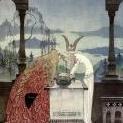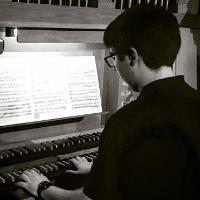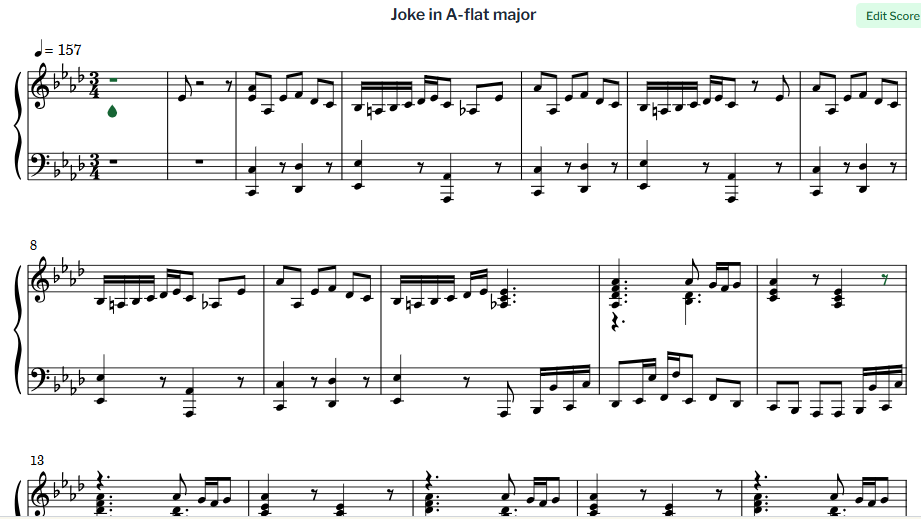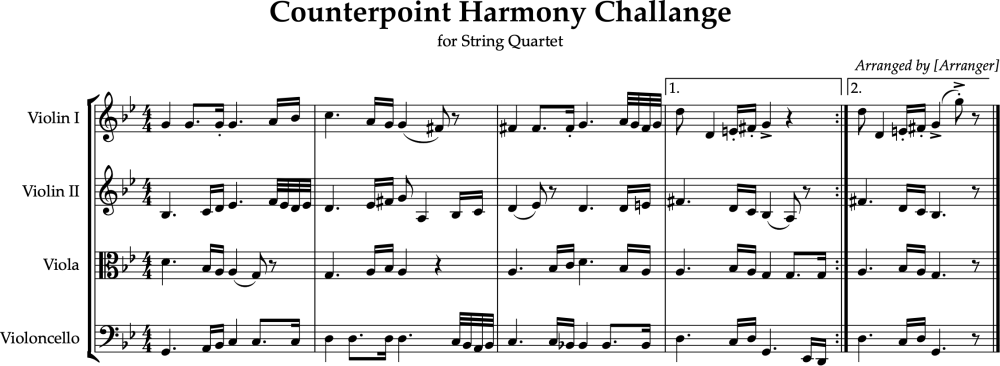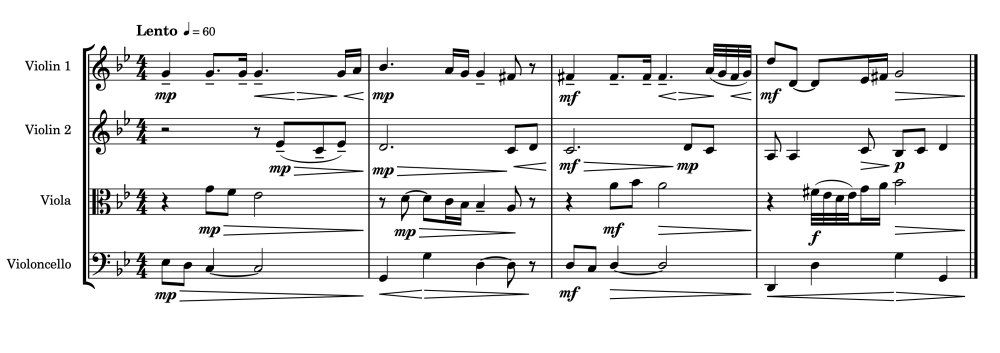All Activity
- Past hour
-
Henry Ng Tsz Kiu started following The 12 Day War for Wind Ensemble and Doodle For String Orchestra
-
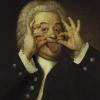
Debussy orchestration (Footsteps in the Snow)
danishali903 replied to Alex Weidmann's topic in Orchestral and Large Ensemble
The orchestration is simple, yet effective. I like the sparseness of it all, and would not add in any percussion/keyboard instruments as suggested above. However, the instrumentation is a little odd, but it works for me. You should definitely remove those ppppp dynamics. For strings, I would recommend doing it all con sordino. - Today
-
Fahad joined the community
-
party_hat joined the community
-
Vonias started following The 12 Day War for Wind Ensemble
-
"Lion Heart," was written to describe the 12 Day War that is happening. I came up with my own system of modulating serialism: Home | Music Set Modulator The modulations work very well, giving the atonal music a sense of perspective and direction. The twelve day war opens with a trumpet fanfare, in response the upper woodwinds copy what the trumpets had said. After the initial statement, the music modulates to another tonal center. While the set modulates, it is not a direct transposition. Modulation is dynamic. The whole song is very percussive, like a machine gun bursts in some areas, bombs dropping in other areas, intermittent with lyrical rational between the instruments. Just when you think the twelve day war is over, a final percussive drive is offered. The form is closer to rondo, though the piece is sectioned symmetrically with an adagio section in the middle, according to the piano score. Much changes were made in the wind ensemble arrangement, which I will have a score soon. LionHeart.mid
-
A Ko joined the community
-
Mahadev Exchange ID joined the community
- Yesterday
-
Henry Ng Tsz Kiu started following Victorius Loss
-
PeterthePapercomPoser started following Victorius Loss
-
.thumb.png.8b5b433a341551e913a34392660bc95b.png)
Rondo Valse
PeterthePapercomPoser replied to BipolarComposer's topic in Orchestral and Large Ensemble
Ah, ok. Thank you for the correction. I will be able to listen for that now. I did sense some changes but it seemed like an alternation between i and V and without a score, I couldn't be sure. Thanks for your reply! -
Hi all .... This is one one of my earliest endeavors in composing. It has gone through many tweaks over the years ... and more recently with my mentor. It is a Brass Quartet - a procession ... ancient warriors marching down the main thorough fare ... up front the able bodied .... followed by the wounded .... and finally, a show of strength/victory. It's not a complicated work at all .... yet it did open the door for further composing. Mark
-
Thank you for listening and giving feedback. I do agree with the meandering nature of the piece. The more I listen to it, the more I wonder where it’s going. Changing up the tempo could possible help with that as well. Also, it does change keys. It goes E minor, D major, G minor, D minor, G Major, then back to E minor.
-
ferrum.wav started following Quick little harmony/counter-point mini-challenge :)
-
Debussy orchestration (Footsteps in the Snow)
Alex Weidmann replied to Alex Weidmann's topic in Orchestral and Large Ensemble
Many thanks for the kind words. The dynamics were designed mainly for the MIDI rendition from MuseScore. Would have to adjust them for a real orchestra. Anything below ppp is a bit silly and meaningless for real musicians! Also think I should've used n instead of ppppp and pppppp: so will go back and change that. Probably should've pushed up the master fader too, as my mp3's are both very quiet. I was aware of Colin Matthews' version; but have avoided listening to it, as I wanted to come up with my own ideas. -
Debussy orchestration (Footsteps in the Snow)
Alex Weidmann replied to Alex Weidmann's topic in Orchestral and Large Ensemble
Thanks Vince! I did think about adding a piano; but that seems like cheating! I made the wider orchestration first, and then my composition tutor suggested I use a smaller chamber orchestra instrumentation instead. That's partly because contrabassoon is apparently not a standard part of the line-up, even in a larger orchestra. -

Quick little harmony/counter-point mini-challenge :)
ferrum.wav replied to UncleRed99's topic in Challenges
-
JordiHortal changed their profile photo
-
Henry, I apologize for taking so long to reply to another great piece of yours. After many repeated listenings, this is clearly a programmatic piece in my opinion. There is anguish, anxiety and a false sense of repose. The juxtaposition between light and heavy themes, minor and major works effectively to convey the message of your piece. I have a few reservations about the random pauses that come after the blues. I feel they interrupt the flow at times, and as for the blues itself I think the f double sharp in the theme would sound better if it were changed to a g sharp. Those are just my thoughts tho; the climax and the aftermath of it is quite well done. I am glad you were able to find peace and transcendence in your sextet.
-

Debussy orchestration (Footsteps in the Snow)
Mooravioli replied to Alex Weidmann's topic in Orchestral and Large Ensemble
An Incredible orchestral landscape. I think you captured the loneliness of the piece quite well; the pedal effects are achieved naturally by the sustaining quality of the winds and strings. Just keep in mind, those triple and quadruple pianos may be hard to project, if you get a real ensemble to play your piece. It’s interesting to hear how differently you’ve approached this prelude as compared to another recent orchestration: Of course, I also hear similarities but I do really prefer your choice of instruments. There seems to be more drama and depth of feeling. -

Debussy orchestration (Footsteps in the Snow)
Thatguy v2.0 replied to Alex Weidmann's topic in Orchestral and Large Ensemble
Oh hey I like the contrabassoon idea, it's so rich in the lower register. Perhaps the easiest and right solution. Would it be so weird to have the piano with the orchestration? You mentioned harp, percussion, bells, etc., maybe the piano (or synth?) could be used as an accent/effect instrument in the ensemble. It could play the low notes of the final bass dyad in question, but just a random thought. Orchestration is really cool, and it helps I love Debussy haha. Nice work! - Last week
-
Debussy orchestration (Footsteps in the Snow)
Alex Weidmann replied to Alex Weidmann's topic in Orchestral and Large Ensemble
Thanks Mark. I could perhaps use more contrabassoon for bass resonance. Not sure double-bass would work. Its timbre is a bit too harsh, and doesn't really suit the material IMHO. I did have thoughts about adding some percussion. Perhaps a mark tree, sleigh bells or triangle to sprinkle some Christmassy magic? Maybe that would sound too cheesy though? -
Op.6 Symphonic Suite from Freyja - Vanadis
Vladisove replied to Vladisove's topic in Orchestral and Large Ensemble
Thanks for the nice words! As for the quick moves thing—it’s just that I’m not skilled enough yet. But you’re being so kind to me! -
AC123 started following Songscription -- Platform to turn audio into music notation and MIDI
-
.thumb.jpg.e5f26b712b4f9622f521b10d8a53c6d6.jpg)
Jane, for piano
Samuel_vangogh replied to Samuel_vangogh's topic in Incidental Music and Soundtracks
Hiii! @PeterthePapercomPoser Thank you for your feedback!! This piece also represents a character in a history, which I I represent as the tritone interval. In the first part of the piece, each bar starts with a tritone over the bass of the chord, so it seems that it uses that weird scale -
.thumb.png.8b5b433a341551e913a34392660bc95b.png)
Jane, for piano
PeterthePapercomPoser replied to Samuel_vangogh's topic in Incidental Music and Soundtracks
Hi @Samuel_vangogh! You made this art? It looks great! The music is wonderful too! The delaying of the resolution to the tonic through repeated ii - V's is to me a very cool feature. The ending is quite unusual as well and despite not ending on the tonic, it still sounds finished. Also, something I noticed is that (at least in the beginning) the piece seems to be in the Acoustic mode (or Lydian b7 or Mixolydian #4). But there's plenty of chromaticism as well. The simplicity but exploration of non-harmonic tones is also a bit Satie-like. Thanks for sharing! P.S.: would you post a link to your artwork, if possible as a high resolution image? That would be really great! Thanks in advance! -
.thumb.png.8b5b433a341551e913a34392660bc95b.png)
Canon a 4 for String Quartet in F minor.
PeterthePapercomPoser replied to Fugax Contrapunctus's topic in Chamber Music
Hey @Fugax Contrapunctus! Great idea! I really like how the canon starts on the dominant, making the F minor tonality only a later emergent property of the harmony arising from the counterpoint. I think the Musesounds strings are a bit difficult to deal with to get them to sound as intended. I wonder why you changed the articulation to staccato as each new voice enters when it wasn't staccato in the Cello? It would make the entry of each voice more obvious I think if they entered on a fully held quarter note. The beginning and ending of the canon, I think are the best parts. But the middle could really have used some space/rests in the line to imo to give the ear an occasional break from the barrage of constant melodic material that demands to be digested by the ears. Thanks for sharing! -
Chemathmusician0510 started following Quick little harmony/counter-point mini-challenge :)
-
Quick little harmony/counter-point mini-challenge :)
Chemathmusician0510 replied to UncleRed99's topic in Challenges
-
.thumb.png.8b5b433a341551e913a34392660bc95b.png)
Fughetta in C minor for String Quartet.
PeterthePapercomPoser replied to Fugax Contrapunctus's topic in Chamber Music
Hi @Fugax Contrapunctus! I think your hours of labor on this unusual subject really paid off! I think the subject and the counter-subject are really well matched with each other with one moving while the other rests on quarter notes. It creates a kind of question/answer dichotomy between the voices and increases their independence. I think this is one of the best fugues you've written and seems really mature and less mechanical. It's very fluid, natural and spontaneous. The only thing that bothers me is the ending on a feminine cadence. I felt like the last chord came too early and should have been reserved for the strong beat of the next (non-existent) bar. Thanks for sharing! -
.thumb.png.8b5b433a341551e913a34392660bc95b.png)
Raptors in the Grass
PeterthePapercomPoser replied to Layne's topic in Orchestral and Large Ensemble
Hey @Layne! Your harmony and main theme are full of tension! And the piece is saturated with the theme throughout. But you do have a contrasting middle section that doesn't use the main theme for a brief moment. I'm surprised nobody has mentioned this yet but your main theme sounds a lot like the theme to "Back to the Future", especially with the first 3 notes (F, Bb, E). Thanks for sharing! -
Debussy orchestration (Footsteps in the Snow)
MJFOBOE replied to Alex Weidmann's topic in Orchestral and Large Ensemble
Alex - overall both are very good orchestrations of the piano work. After listening to the piano work, I found, I missed the resonance of the lower notes vibrating (pedal). I'm not sure how to reproduce this quality in the lower winds and/or lower strings etc. Mark -

Quick little harmony/counter-point mini-challenge :)
Luis Hernández replied to UncleRed99's topic in Challenges
Interesting. Your version sounds great. Although for me, that Gb “desperately calls” for an F#, which is part of the dominant chord. Best regards. -
Hi to everyone. This week I've been working on an exercise to orchestrate Debussy's Prelude No.6 from Book 1. I came up with two versions, one with a very restricted instrumentation, and the other with a larger ensemble. Interested to know which you think works best? The final bass dyad was very problematic, due to its extreme low pitch. It sounded too intrusive and twangy in the harp, and seemed off-pitch in the double-bass, with a horrible grating timbre. Eventually I decided to remove the lowest note altogether in the version with restricted instrumentation, and have the upper note pizz. instead of arco.
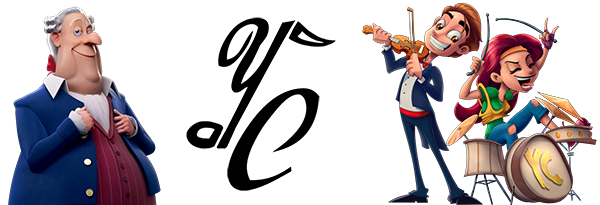

.thumb.png.5ed029f36e010e6cb8eefbb37c7b242c.png)
